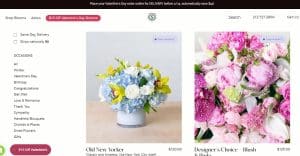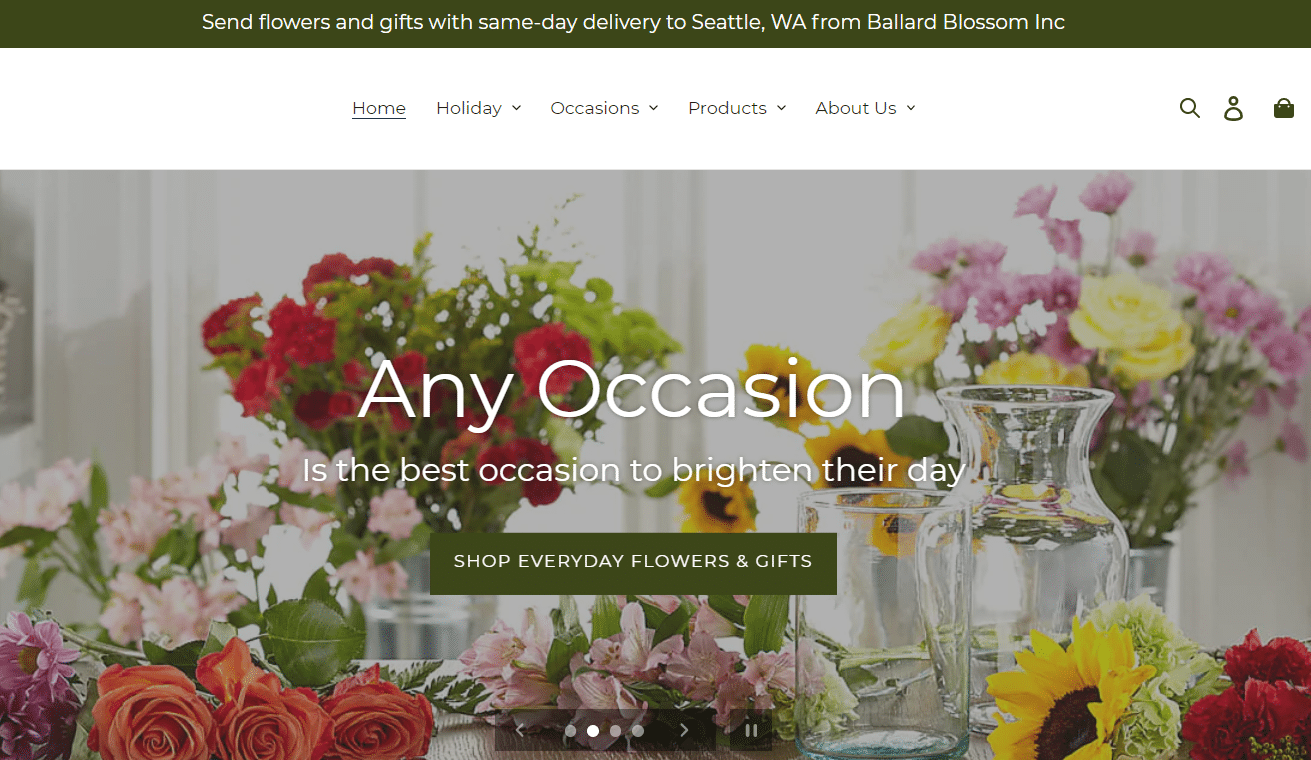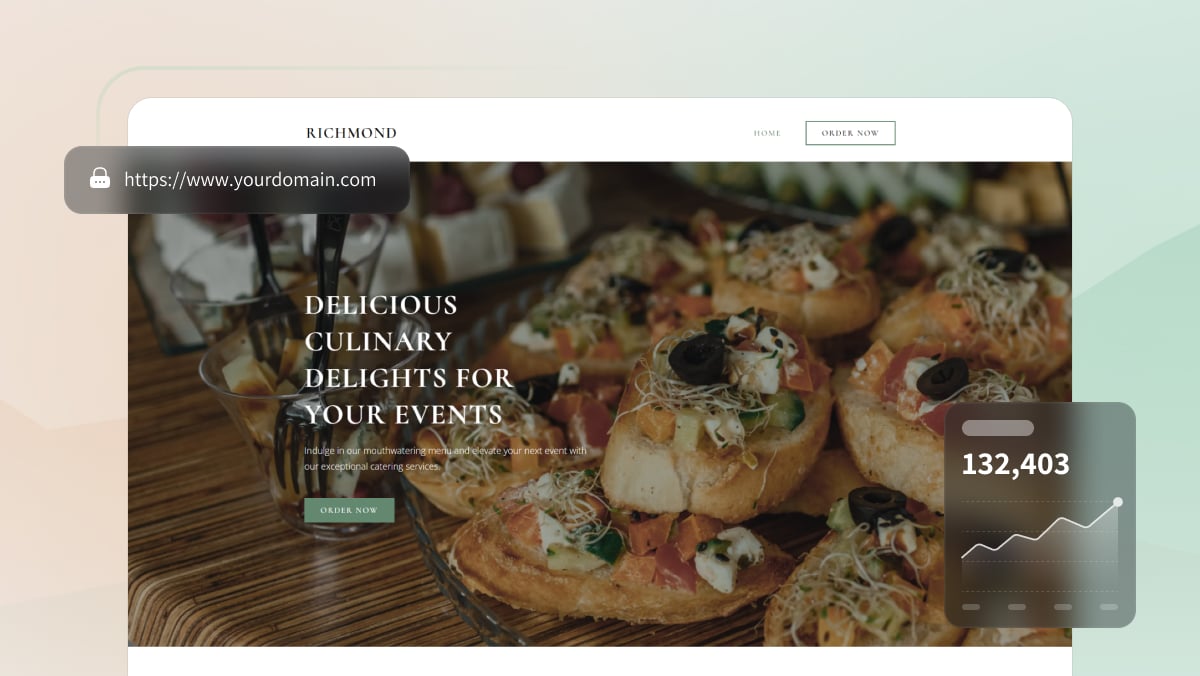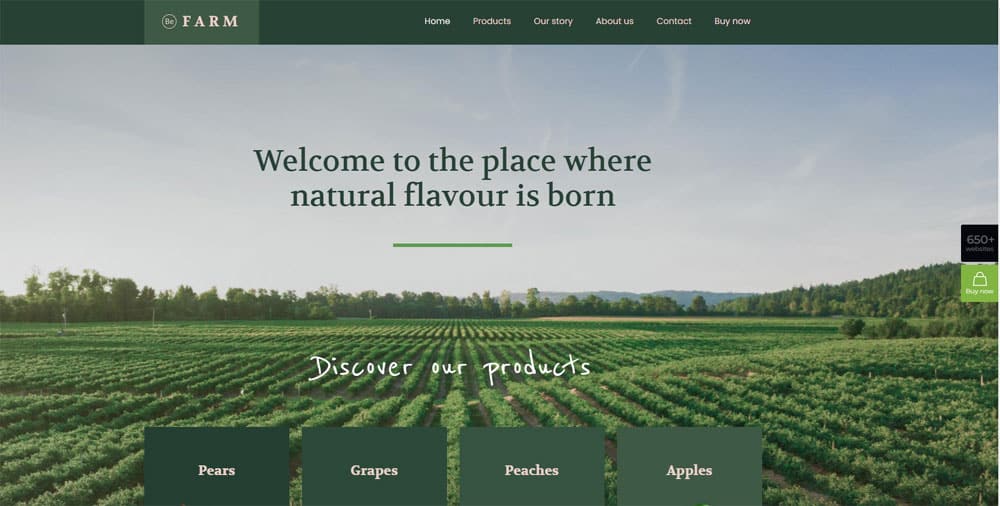A digital flower catalog is only one aspect of building a successful flower store website. It’s an extension of your store’s personality, a representation of your brand, and—above all—a tool to help you build relationships with your consumers. Regardless of whether you operate a physical store or an online flower delivery service, your website must offer users a flawless experience that highlights your goods, facilitates simple navigation, and fosters trust. The following are the key components that any flower shop website should include in order to improve user experience and increase conversions.
Essential Sections for Your Flower Shop Website
1. Home Page
Since the main page is the first thing people see when they visit your flower shop website, it must be striking. This page should be educational, easy to use, and visually appealing. It’s your chance to draw attention to your flowers and services while directing users to the remainder of your website.
Key Elements of the Home Page:
Featured Goods and Services: Emphasize well-liked or in-season items, such as Valentine’s Day specials or anniversary bouquets.
Promotions: Make sure to highlight any sales or discounts you’re having.
High-quality Photos: To attract clients, you must have stunning, colorful photos of your flowers and arrangements.
CTA, or call to action: To direct visitors, use obvious CTAs like “Order Now” or “Browse Our Arrangements.”
Maintaining visitor engagement and enticing them to explore other areas of your website are the objectives of the home page.
2. About Us Page
You may share your brand’s narrative and establish a personal connection with your customers by creating a “About Us” page. Giving information about your beliefs, mission, and team is crucial because, in the floral business, buyers frequently select a store based on trust and the caliber of customer service.
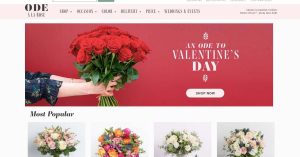
Important Components of the About Us Page:
Company Story: Tell about your floral shop’s past. Did a family of florists start you? Is your company a favorite in the community? To foster trust, tell the story.
Statement of Mission: Describe the values your flower shop upholds. Do you prioritize excellent customer service, locally sourced flowers, or sustainability?
Get to Know the Team: Provide brief biographies and pictures of your team’s important members, if at all possible. Your company may become more relatable and humanized as a result.
An “About Us” page is a fantastic approach to show clients what makes your flower store different from the competition.
3. Products or Shop Page
Visitors can peruse and buy flowers, arrangements, and other goods on the product page. This page must be practical, aesthetically pleasing, and simple to use.
Key Elements of the Products Page:
Clearly Defined Product Categories: Put your items into groups like “Wedding Flowers,” “Bouquets,” “Sympathy Arrangements,” or “Seasonal Specials.” Customers can find what they’re seeking for more easily as a result.
Excellent Photos: To assist buyers in making well-informed judgments, every product should include crisp, high-resolution photos that display the item from multiple perspectives or in varied environments.
Add to Cart/Quick View: Make sure that adding products to the cart is simple. Customers can view a quick overview of the product without ever leaving the website by selecting the “Quick View” option. View different accountant web developments here.
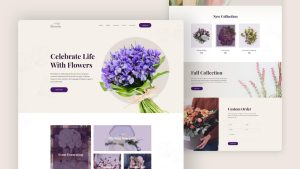
4. Delivery & Shipping Information
One essential function in the florist industry is flower delivery. Your clients must be aware of the cost of delivery as well as how promptly and consistently you can fulfill their orders.
Key Elements of the Delivery & Shipping Page:
Options for Delivery: Describe delivery areas, same-day delivery, and any unique setups (such as international or national shipping).
Delivery Fees: Clearly state the cost of delivery depending on the order’s quantity, location, and urgency (express delivery, for example).
List the cities or regions you serve in your service area section. Mentioning your delivery radius is essential for nearby flower businesses.
Order tracking: To increase customer satisfaction and lessen delivery anxiety, if at all possible, provide order tracking.
Holiday Cutoffs: Ensure that clients are informed of cutoff hours if you provide same-day delivery or special holiday services.
By lowering confusion and establishing clear expectations, a clear and comprehensive delivery section can significantly improve the customer experience.
5. Floral Arrangements for Occasions Page
For customers shopping for special occasions like birthdays, marriages, or anniversaries, this section will act as a guide. It’s crucial to group your bouquets according to occasions so that clients can quickly locate flowers that meet their requirements. https://diversewebsitedesign.com.au/acupuncture-website-design/
Key Elements of the Occasions Page:
Group arrangements according to specific occasions, such as “Weddings,” “Funerals/Sympathy,” “Birthdays,” “Mother’s Day,” etc.
Customizable Options: Let clients alter bouquets or arrangements to suit their tastes or price range. Providing personalization increases customer satisfaction and confidence.
Seasonal Themes: If appropriate, offer arrangements that capitalize on certain flowers or occasions, such as lilies for Easter or roses for Valentine’s Day.
Customers may identify the ideal flower arrangement for their event more quickly with the help of a well-structured occasions page, which can increase sales.
6. Testimonials and Reviews
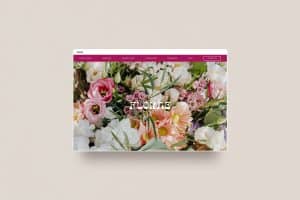
Consumer testimonials are an effective way to establish credibility and trust. Before making a purchase, many consumers seek social proof, particularly in regards to quality and service.
Key Elements of the Testimonials and Reviews Page:
Customer Testimonials: Showcase glowing testimonials from previous clients that emphasize the beauty, delivery, and customer service of your flowers.
Product Reviews: Make sure that every product on your shop page has reviews enabled. Customers can use this to discuss their experiences with particular flower arrangements.
Before and After Pictures: To offer clients a true feel of your work, display any before and after pictures of occasions or setups.
Potential customers are more likely to trust your store if you can share more good reviews.
7. Blog or Floral Tips Section
You can establish your flower shop as an authority in the floral industry by including a blog or advice section. Providing useful material, such as wedding and care advice, can also improve your website’s SEO and draw in natural traffic.
Key Elements of the Blog or Tips Section:
Floral Care Tips: Provide consumers with upkeep and care tips to help them keep their flowers fresher for longer.
Flower Arrangement Tutorials: Disseminate instructions or recommendations on how to pick the ideal bouquet or arrange flowers.
Content Based on Occasions: Create blog entries that align with forthcoming holidays, noteworthy occasions, or floral fads.
In addition to providing customers with value, an active blog enhances your site’s SEO and promotes return visits.
8. Contact Us Page
Make it simple for guests to contact you. Your “Contact Us” page should offer alternatives that are easy to understand and available for anyone who needs help placing an order or who has questions about delivery.
Key Elements of the Contact Us Page:
Contact Form: Provide a straightforward form for general questions.
Phone Number & Email: Give customer service’s direct phone number and email address.
Location & Map: Provide your address along with an interactive map for convenient access if your store is physically located.
Social Media Links: Provide links to your store’s social media accounts so that customers may interact with your brand and follow you.
Customers may acquire the assistance they require with ease if the contact page is responsive and well-structured.
9. FAQ Page
Create a dedicated FAQ page with concise answers to the most often asked queries by your clients. Customers will receive prompt answers and fewer questions as a result.
Key Elements of the FAQ Page:
Ordering Procedure: Answer frequently asked questions concerning payment methods, special arrangements, and order placement.
Delivery FAQs: Describe the costs, zones, and times of delivery.
Describe your return and refund policies as well as your order cancellation and refund procedures.
An FAQ page can improve user experience and lessen friction in the customer journey.
Conclusion
Creating a flower business website that is eye-catching, easy to use, and educational is essential to drawing in and keeping clients. You can build a website that not only displays your flowers but also encourages trust, loyalty, and a great customer experience by using the crucial components mentioned above. Making sure your website has these essential elements can help you stand out in the crowded floral market, regardless of whether you’re a local florist or a nationwide flower delivery service.
